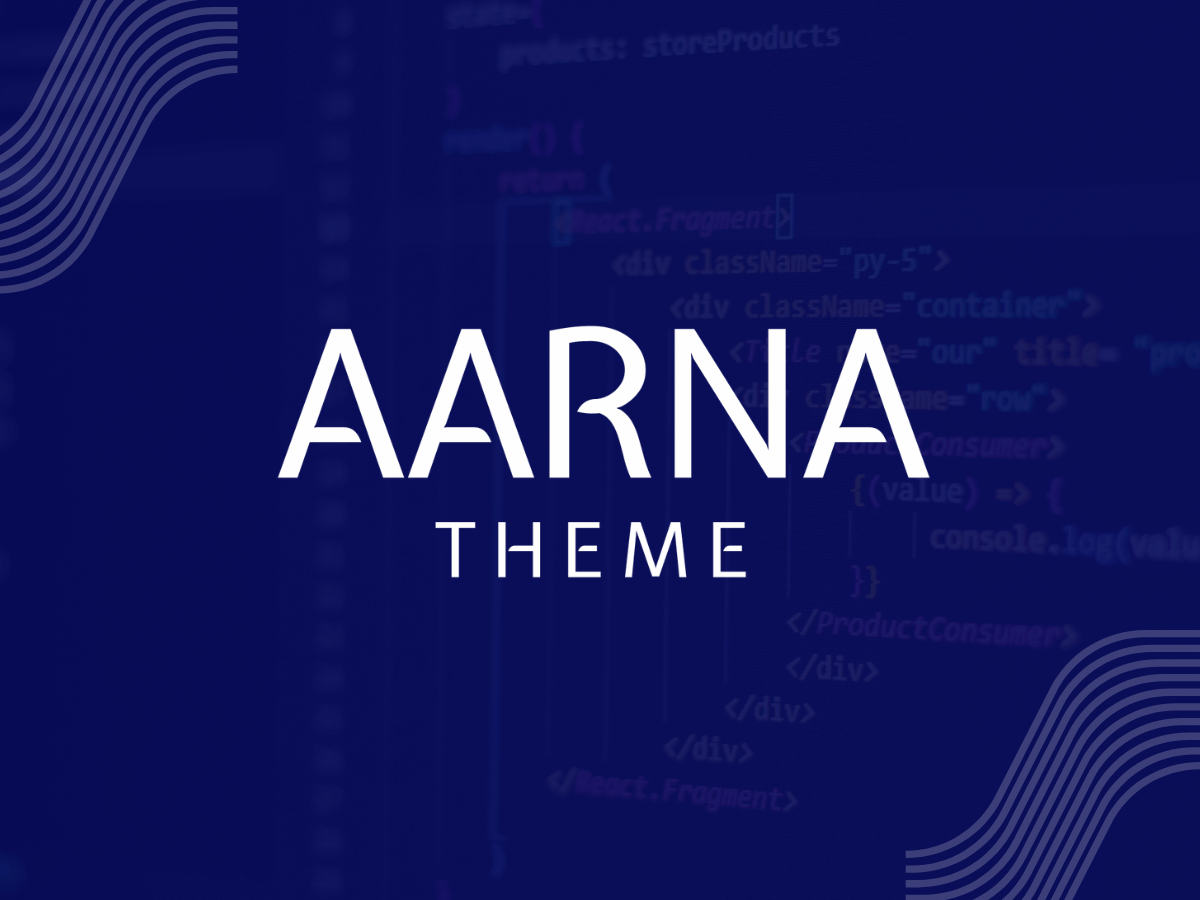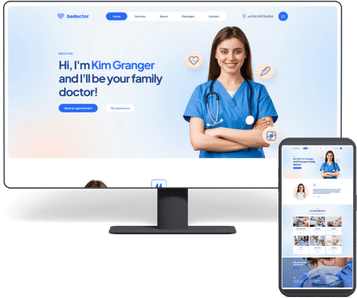In today’s digital landscape, choosing the right platform for your mobile application is crucial. With users expecting fast, reliable, and engaging experiences, businesses are often caught in the dilemma of choosing between Progressive Web Apps (PWAs) and Native Apps. Both have their strengths and weaknesses, and the best choice depends on your specific needs. In this blog, we’ll explore the differences between PWAs and Native Apps, helping you decide which is the right fit for your project.
What Are Progressive Web Apps (PWAs)?
Progressive Web Apps (PWAs) are web applications that are built using common web technologies such as HTML, CSS, and JavaScript. However, they offer a more app-like experience compared to traditional websites. PWAs can be accessed through a web browser but can also be installed on a user’s home screen, making them more accessible.
Key Features of PWAs:
- Cross-Platform Compatibility: PWAs work on any device with a modern web browser, meaning you can reach users on iOS, Android, and desktop platforms with a single codebase.
- No App Store Dependency: PWAs can be distributed directly through the web, bypassing app store approval processes.
- Offline Functionality: With service workers, PWAs can function offline or in low-network conditions, improving user experience.
- Fast Updates: Updates are instantaneous and don’t require users to download large files.
What Are Native Apps?
Native Apps are software applications developed specifically for a particular platform or device. They are built using platform-specific languages—such as Swift or Objective-C for iOS, and Java or Kotlin for Android. Native Apps are distributed through app stores like Google Play or the Apple App Store.
Key Features of Native Apps:
- Optimized Performance: Native Apps can leverage the full hardware and software potential of the device, offering superior performance.
- Rich User Experience: Native Apps can provide a more tailored user experience, utilizing device-specific features like GPS, camera, and push notifications.
- App Store Presence: Being listed on app stores can enhance visibility and credibility, potentially increasing user downloads.
- Advanced Capabilities: Native Apps can access platform-specific APIs and features, offering more complex functionalities.
PWA vs. Native App: The Comparison
- Performance and Speed
- Native Apps: Generally faster and more responsive due to direct access to device hardware and optimized code.
- PWAs: Performance has significantly improved over the years but can still lag behind Native Apps, especially for resource-intensive tasks.
- Development Cost and Time
- Native Apps: Developing for multiple platforms requires separate codebases, increasing both time and cost.
- PWAs: A single codebase can be deployed across multiple platforms, reducing development time and costs.
- User Experience
- Native Apps: Offer a more polished, platform-specific experience with deep integration into the device’s ecosystem.
- PWAs: While increasingly sophisticated, they may not yet match the level of native integrations and smoothness.
- Accessibility and Reach
- Native Apps: Limited to the platform they are developed for, requiring users to download from an app store.
- PWAs: Accessible via any web browser, offering a broader reach and no need for installation.
- Maintenance and Updates
- Native Apps: Updates require user action to download and install, which can lead to fragmentation if users delay updating.
- PWAs: Updates happen automatically, ensuring all users have the latest version without needing to take action.
When to Choose a PWA
- Budget Constraints: If you need to reach multiple platforms with limited resources, PWAs offer a cost-effective solution.
- Broad Audience: For applications that need to be accessible on multiple devices and platforms, PWAs provide an easy way to achieve this.
- Quick Launch: If speed to market is essential, PWAs can be developed and deployed faster than Native Apps.
When to Choose a Native App
- Performance Demands: For apps requiring high performance and access to device-specific features, Native Apps are the better choice.
- Rich User Experience: If providing a seamless, polished experience is a priority, especially for apps with complex interactions, go for Native.
- Brand Visibility: If being present in app stores is crucial for your marketing strategy, Native Apps are necessary.
Conclusion
Choosing between a Progressive Web App (PWA) and a Native App ultimately depends on your project’s specific needs, budget, and target audience. PWAs are an excellent choice for broad accessibility, cost-effectiveness, and rapid deployment, while Native Apps are ideal for performance-intensive, highly polished user experiences. By carefully weighing the pros and cons of each option, you can make an informed decision that aligns with your business goals.




